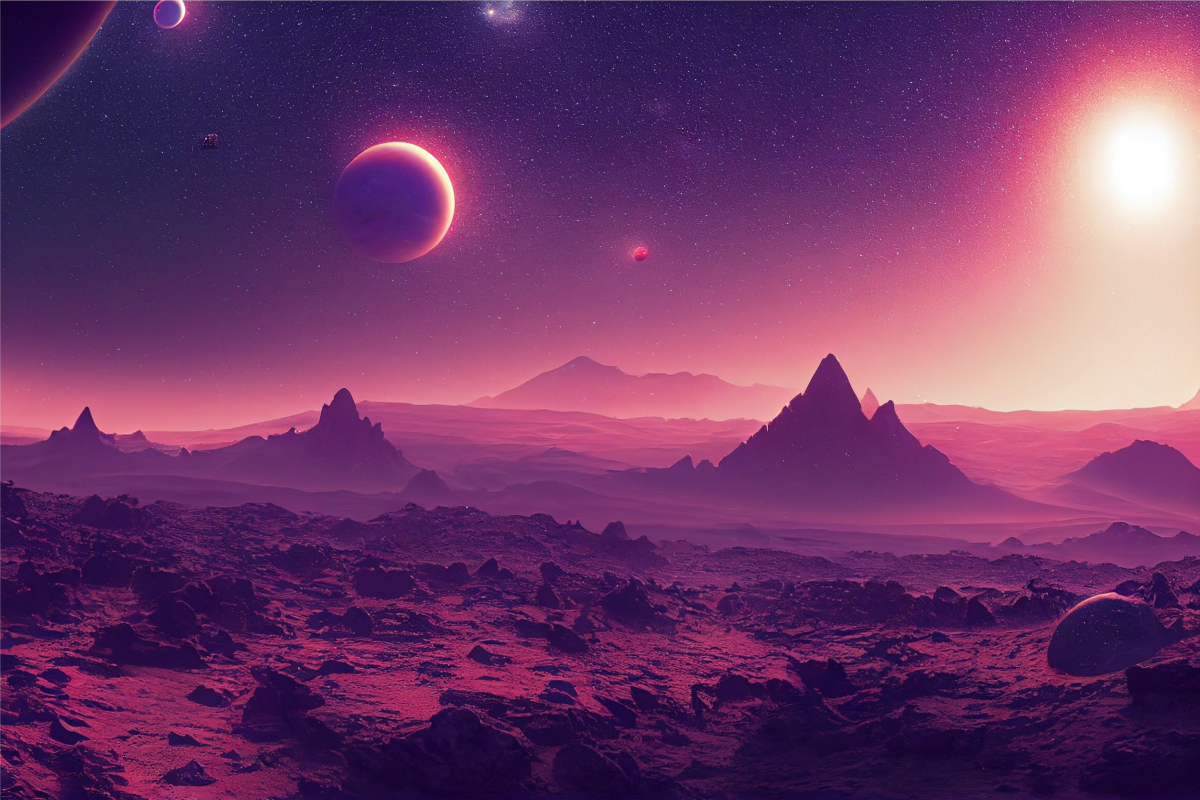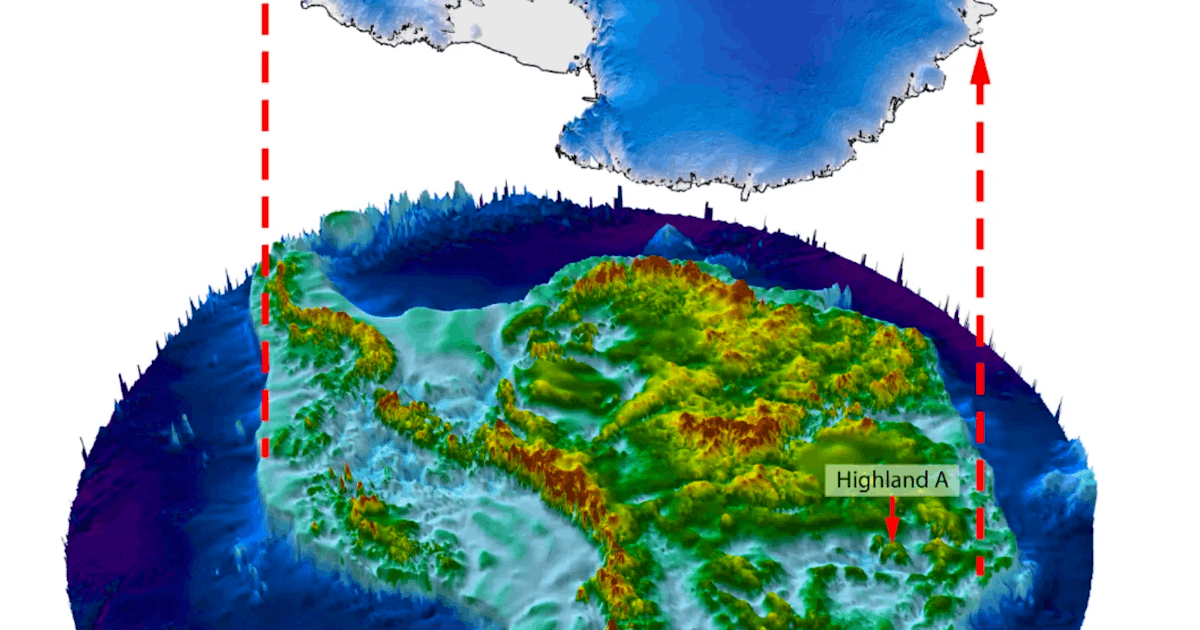picture:
Stuart Jamison
Beneath Antarctica’s thick ice cap lies a landscape formed more than 34 million years ago. They have been preserved there, while elsewhere they have long since eroded away.
no time? Blue News sums it up for you
- Researchers used satellite data to look beneath the Antarctic ice sheet.
- They found landscapes that are more than 34 million years old.
- They are formed by plants and rivers.
- While glaciers crush everything, and wind and weather usually erode the terrain, the Antarctic ice sheet has preserved the landscape.
A team led by glaciologist Stuart Jamieson of Durham University in the UK has discovered a landscape in Antarctica that has been asleep under ice for millions of years. They were formed by plants and rivers at a time when there were still plants.
The researchers examined an area of the ice sheet in East Antarctica. This has “been around for 34 million years,” Stuart Jamieson explains to the magazine. “Deputy”. “We have long had an interest in what the landscape under the Antarctic ice sheet looks like in general, and in particular, how that landscape interacts with the ice itself.”
In order to be able to map the landscape under the two-kilometre-thick ice, scientists relied on data from a Canadian satellite. Radarsat constellation Used to identify small differences in the ice surface. A mountain, for example, creates ridges that are barely noticeable in the snow, but can be measured from space.
“It must be a very ancient landscape.”
In this way, researchers were able to draw conclusions about Antarctica’s topography – and identify landscapes much older than the ice sheet above it. “This landscape must be very ancient, shaped by rivers before the ice sheet itself grew,” Jamieson says. “That’s why we know that the landscape itself is probably more than 34 million years old.”

At that time, the climate was “a little warmer,” plants grew in Antarctica and there was no ice. Under normal circumstances, wind, weather, and the vagaries of time would have caused this spectacle to disappear from the face of the earth. Glaciers also tend to crush everything that gets in their way. But “in this particular place, glacial erosion appears to have been eliminated,” Jamieson says.
This is because there is no layer of water under the ice in Antarctica: «[Das Eis] It is simply frozen and sits there like a protective covering. “And since we can still see the river’s signatures, we think it has done this for almost the entire history of the ice sheet.”
Shaping the historical landscape
Researchers believe that the landscape in question was formed before, during and after the breakup of the supercontinent Gondwana. It was probably very flat and marked by rivers. When the glaciers first formed, the ice created valleys about 800 meters deep in the river basins before eventually preserving the landscape.

The results are published in the specialized journal “nature” He was detained. Jamieson and his colleagues now want to investigate how the ice sheet formed. This should also help better predict the effects of global warming on Antarctica.

“Tv specialist. Friendly web geek. Food scholar. Extreme coffee junkie.”







More Stories
Saudi Arabia and Dubai sank
The house has been under construction for two years: Hazel Brugger and her family move to the country
Record heat wave from Thailand to Vietnam